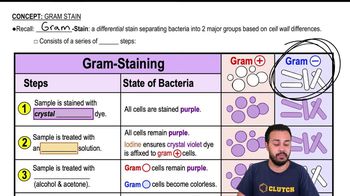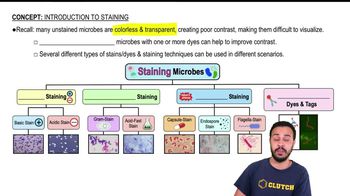Looking at the cell of a photosynthetic microorganism, you observe the chloroplasts are green in brightfield microscopy and red in fluorescence microscopy. You conclude:
a. chlorophyll is fluorescent.
b. the magnification has distorted the image.
c. you’re not looking at the same structure in both microscopes.
d. the stain masked the green color.
e. none of the above




